Johns Hopkins' unwavering commitment to diversity
Dear Johns Hopkins Community,
Today, the Supreme Court issued decisions in two long-awaited cases: Students for Fair Admissions v. President and Fellows of Harvard College and Students for Fair Admissions v. University of North Carolina. The court found in favor of the petitioners and has determined that the race conscious admissions policies at Harvard and UNC violate federal law. We continue to review the Supreme Court’s opinions in the cases, but it is clear that the court’s decision severely curtails the consideration of race as a factor for the purpose of seeking student body diversity.
For many of us, today’s decision is a significant setback in our efforts to build a university community that represents the rich diversity of America.
We know that a variety of different barriers have long prevented students from a host of different backgrounds from accessing higher education at institutions like ours. We also know that a diverse student body enriches the educational experience and better equips our students to assume the responsibilities of citizenship.
Today’s decision appears to leave intact the programs we have created to recruit students who are the first in their families to attend college or who are from families with limited income—now composing almost a third of our undergraduate first-year class—as well as those who come from rural and urban communities across our country and who hold diverse beliefs and perspectives. But there is no doubt that the success we have enjoyed in ensuring full participation of underrepresented students is jeopardized by this decision.
This is particularly distressing given the long history of racial discrimination in our country and the relatively brief period of time during which we have succeeded in recruiting significant numbers of outstanding underrepresented students to Johns Hopkins. As recently as 2010, Black students made up only 6% and Hispanic students only 8% of Hopkins’ entering undergraduate class. Today, Black students make up 16% and Hispanic students nearly 24% of the class. And it goes without saying that these students are among those with the strongest academic credentials in the country.
We remain deeply committed to the progress we have made and even more so to the extraordinary people who make up our undergraduate and graduate student bodies.
These decisions do not diminish our resolve. In the coming days, we will closely examine the court’s decisions and assess its implications for our admissions programs. Over the last several months, we have been reviewing the approaches taken by universities in states where a referendum or statute has restricted the use of race as one of many factors in a holistic admissions process. Drawing on the lessons of their experience, we will, to the best of our ability, continue to reduce the barriers that stand between exceptional students and the promise of equal opportunity that forms the bedrock of our country and our university.
Sincerely,
Ron





